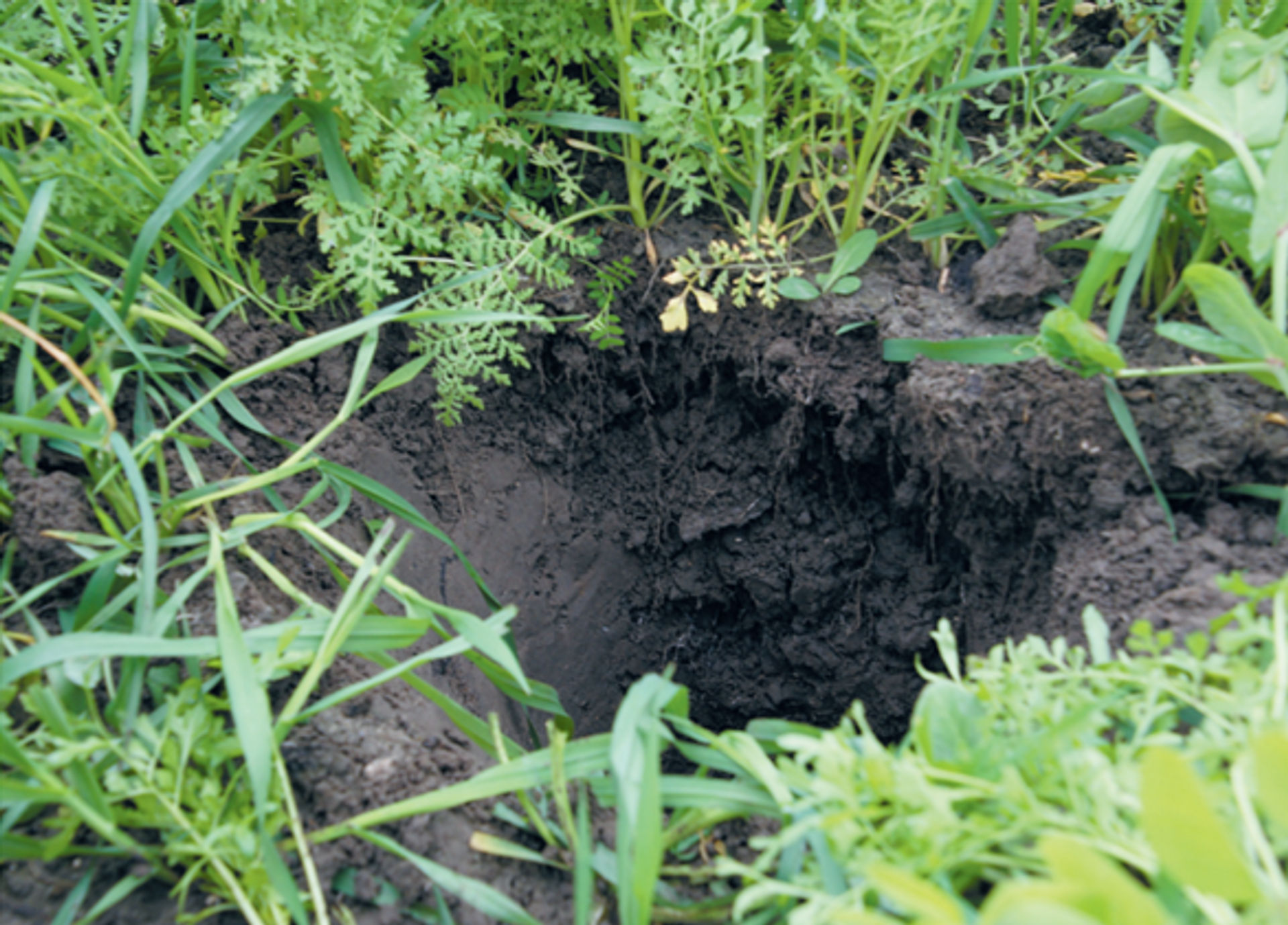
From curative to preventive cultivation
'Mycorrhizas are not a cure, they just belong to the plants'.


The vast majority of plant species cooperate with mycorrhizal fungi. In agriculture, they are neglected. That is because growers do not make it easy for them. Experts say that there is a lot to be gained by connecting these soil organisms to the cultivation.

Protection
The soil fungi known as mycorrhizae have special qualities. René van Gastel of Groeibalans describes them as 'champions in releasing elements that are difficult to dissolve for the plants'. They also retain moisture for plants and form a barrier against harmful organisms in the root environment. You might say that agriculture can make good use of such helpers. Yet in the agricultural environment, the number of mycorrhizae is usually inadequate. This is because farmers and market gardeners do things with the soil that mycorrhizas do not like: they use fertilisers and stir the soil. If growers want more help from soil life, gentler treatment will be a prerequisite. Van Gastel mentions less nitrogen and phosphate. He argues for softer manure, aimed at feeding the soil instead of plants and sparing the soil structure. If growers get their soil management and fertilisation right, plants will be able to deal with food more efficiently and the system will become more resilient.
VARIOUS TYPES
Van Gastel advises agricultural entrepreneurs and gives courses. These courses teach growers what fungi do, how they can best feel at home on their plots and how they can be introduced to the plants, because the various types of mycorrhizae do not all spontaneously appear. Under the name 'Stimulus', Plant Health Cure (PHC) provides tailor-made courses for companies. These courses focus on framework and implementation to ensure that knowledge is supported throughout the company. Van Gastel says that endomycorrhizas must be actively introduced. Start with this at an early growth stage. Then the costs are lower. Apply them in the planting plug or with the seed. After that the conditions around the plant are important. If these are good, the symbiosis can develop and contribute to a resilient crop growing away. The idea that the plant can remain healthy thanks to building up antibodies with elements that soil life passes on to the plant root is one of the key points propagated by PHC director Pius Floris. He has been doing so for thirty years and is amazed at how difficult it is to get agriculture to do more with this.
'Mycorrhizas don't do it alone, but are part of the solution'.
"How do you protect your children? By feeding them well". Plants need much more than the seventeen elements to make the metabolites that contribute to their resilience and to our health,' says Floris. The PHC director assumes that pest and disease control is necessary because plants are kept poor in agriculture. Of some elements, a laboratory finds with difficulty a small amount, but that does not say that they are superfluous. Modern agriculture has a huge blind spot when it comes to plant health. Floris argues that knowledge about resilience should not be ignored, but that this field should be deepened. In an organically nourished crop with healthy soil life, spraying is rarely necessary, he says.
PRACTICE
According to the director of PHC, practical examples show that growers who focus on the symbiosis of plants and soil life achieve good results. Financially too. I'm about to visit a large pear grower in Scotland. He grows organic and conventional crops. It turns out that organic comes close to conventional production', he says. Floris sees another example in Belgium, where cultivation with the correct use of mycorrhizae remained disease-free in tests. It supports his vision that cultivation is possible with much less chemicals. It is striking that the application of mycorrhizas in agriculture was developed from tree cultivation. PHC and Groeibalans laid the foundation there.
Now they are applying the knowledge about mycorrhizae in more crops. Van Gastel and Floris say that the vast majority of plants enter into symbioses with mycorrhizal fungi. Only pioneer crops are more bacteria-dominated. In agriculture, these are beets and brassicas (cruciferous plants). The rest of the crops benefit from the fungi. According to Van Gastel, growers must shift from curative action when they are sick and very ill to preventive action. Resources will become scarcer anyway. Mycorrhizas are part of the solution. I see it as a pebble in the wall. A substance like calcium helps the immune system and the fungus strengthens the absorption. In vascular systems of plants, silicon compounds are important,' he says. Mycorrhizas do not do it alone. Much more soil life is needed, such as useful bacteria and soil animals. I think we can make stronger plants by working in this way.
Endomycorrhiza feeds the plant
'Mycorrhizas give the soil cohesion', says Pius Floris of Plant Health Cure. Plants invest a lot of money in soil life. That is because mycorrhizas contribute to nutrition and a resilient crop. That is why plants make this investment in exudates. Mycorrhizas are part of the plant, just like chlorophyll in the leaves. René van Gastel of Groeibalans says that endomycorrhizas are so effective because they penetrate the root of the plant. The web of fungal threads greatly increases the plant's reach into the soil.
- Nederlands
- English
- Deutsch
- Francais